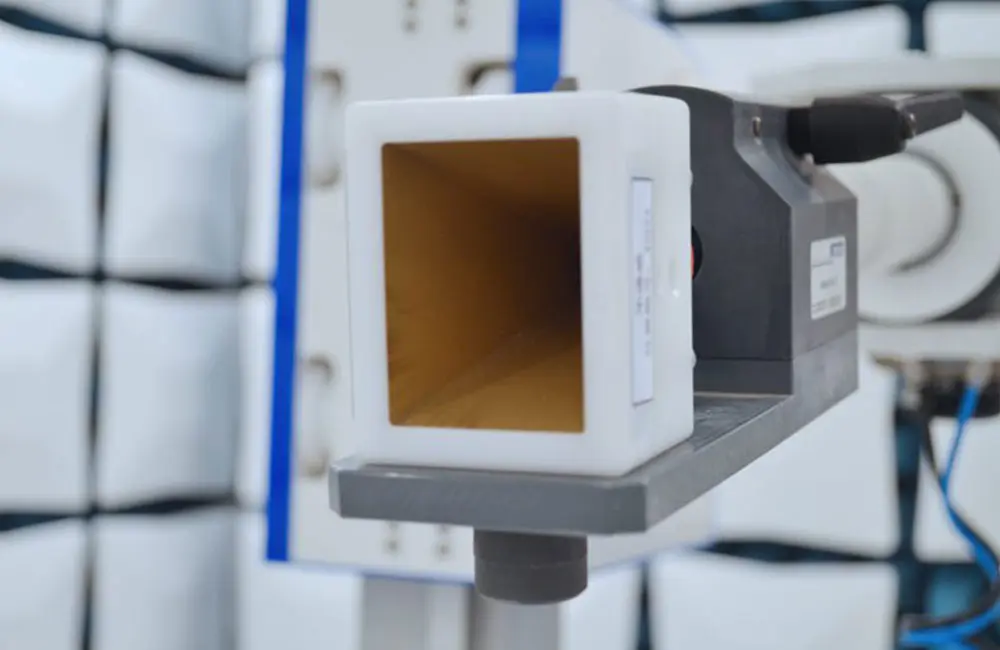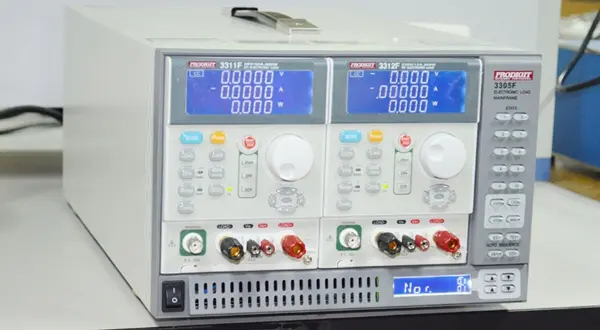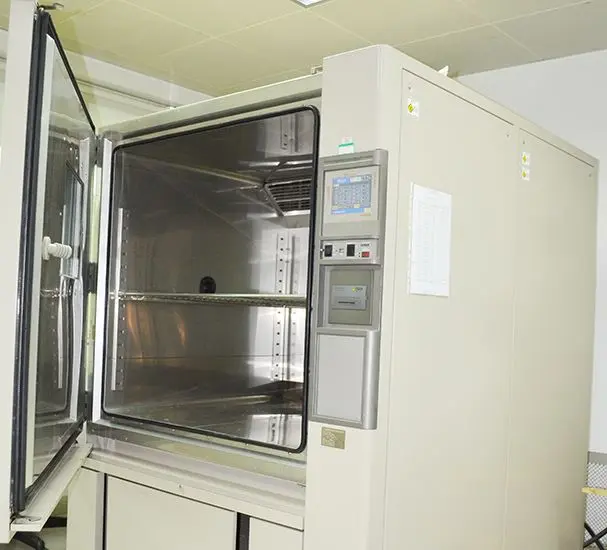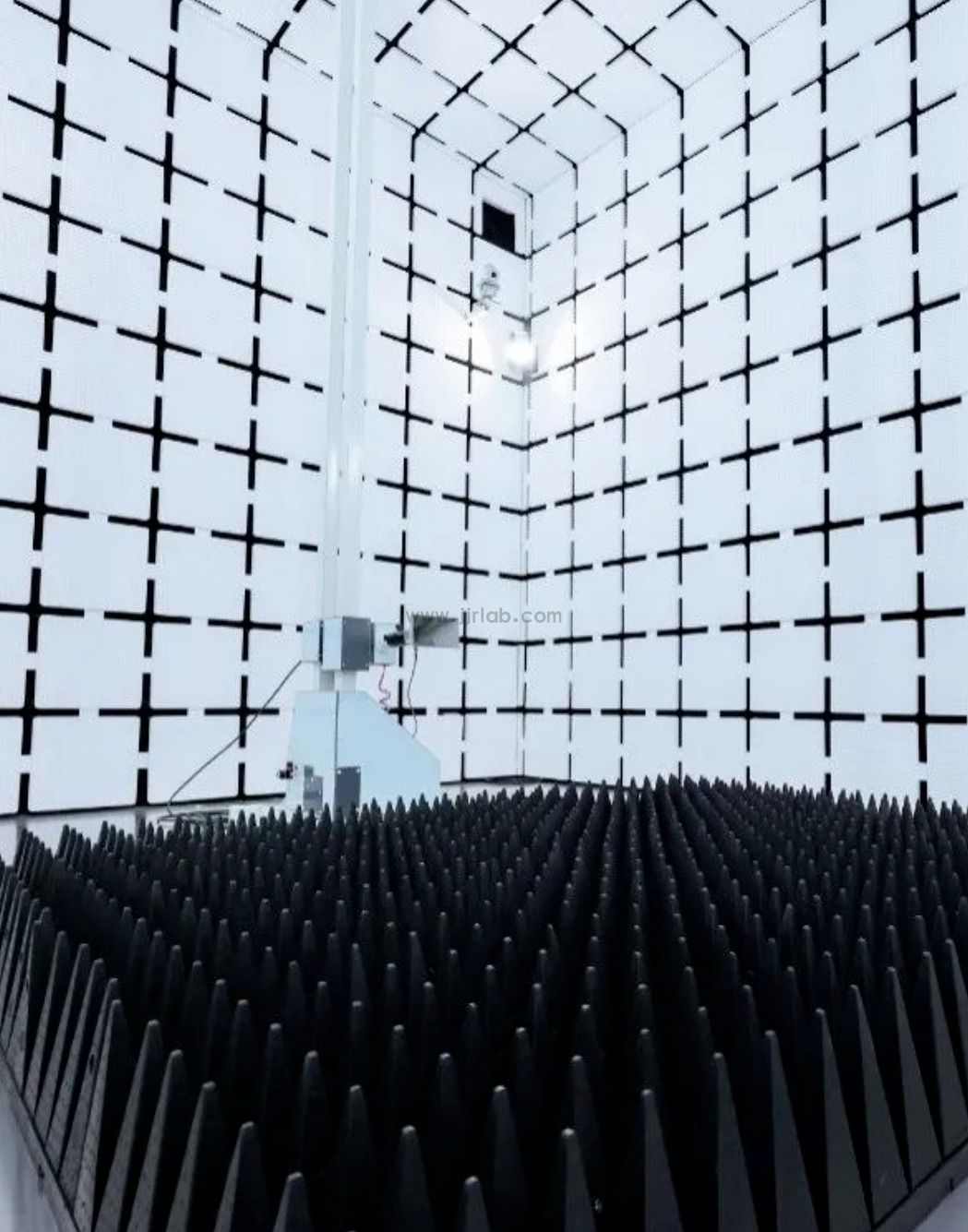
Australia RCM Registration
What is RCM Registration?
Australia and New Zealand have introduced the RCM (RegULatory Compliance Mark) to unify the labeling of electrical products. The RCM is a trademark owned by the regulatory authorities in both countries. It indicates that a product complies with both safety and EMC (Electromagnetic Compatibility) requirements. Although initially non-mandatory, it has become increasingly enforced.
Once a product has obtained safety certification and completed EMC registration, it can apply for the use of the rcm mark through the certifying authority or an official RCM Registrar (Standards Australia).

RCM is a registeRED symbol indicating that the supplier declares the product complies with the safety regulations of all Australian states and New Zealand, as well as EMC requirements under the Australian Radiocommunications Actand New Zealand’s Radiocommunications Act. Only products meeting both electrical safety and EMC regulations are eligible to bear the RCM mark.
Contents of RCM Registration
1. Safety Certification– Commonly referred to as saa certification.
2. emc testing– Also known as C-Tick report.
As of March 1, 2013, products must be registered in the national EESS (Electrical Equipment Safety System) database and bear the RCM label to be sold on the market. The previous SAA and c-tick certifications are being phased out and replaced by RCM registration, which covers both safety and EMC (although C-Tick may still apply to some low-power wireless devices).
From January 1, 2016, after a 3-year transition period, use of the RCM mark became fully mandatory. Products not registered and labeled with the RCM are prohibited from being sold on the market.
RCM Registration Timeline
After obtaining the safety certification (saa certificate) and the C-Tick/EMC report, and providing valid local Responsible Supplier information, the registration process takes approximately 1 to 2 weeks, during which a unique identification number (starting with "N") is issued. Uploading all test reports takes an additional week or so.
Product Risk Classification in Australia and New Zealand
Electrical products are classified into three risk levels:
Level 1 – Low Risk:
Generally refers to DC-powered products.
(Provide EMC report to apply for RCM registration – equivalent to C-Tick)
Level 2 – Medium Risk:
Generally refers to AC-powered products.
(Provide both EMC report and safety report to apply for RCM registration – equivalent to C-Tick)
Level 3 – High Risk:
Refer to the official list, which includes 56 product types.
(Provide EMC report, safety report, and SAA certificate to apply for RCM registration + EESS registration)
Who Can Apply for RCM Registration?
RCM registration can only be applied for by an Australian local company. The company must obtain an RCM number from the Australian government. Chinese manufacturers and exporters may apply for IEC or AS/NZS reports in their own name, but these reports must be submitted by the Australian importerto apply for RCM.
Since the importer assumes the legal risk for non-compliance, and foreign entities cannot directly apply for RCM registration, it is expected that more Australian companies—especially those with some scale—will move away from having foreign manufacturers handle testing and SAA applications solely to save costs. Instead, they will likely designate reputable and capable laboratories to provide test reports and data, and then apply for RCM registration themselves.
China JJR Testing Laboratoryprovides full support for Australian RCM registration services.
Depending on the testing requirements, RCM fees range from USD \$450 to \$1,200per product.
Email:hello@jjrlab.com
Write your message here and send it to us
 LED Lighting EMC Testing Service
LED Lighting EMC Testing Service
 EU REACH Compliance Testing Services
EU REACH Compliance Testing Services
 Electronic and Electrical Reliability Testing Serv
Electronic and Electrical Reliability Testing Serv
 Electronic & Electrical Safety Compliance Test
Electronic & Electrical Safety Compliance Test
 Shenzhen Electronic Electromagnetic Compatibility
Shenzhen Electronic Electromagnetic Compatibility
 How to Test IP68 Rating
How to Test IP68 Rating
 Differences Between FDA and LFGB for Food Contact
Differences Between FDA and LFGB for Food Contact
 Process and Precautions for Amazon CPC Certificate
Process and Precautions for Amazon CPC Certificate
Leave us a message
24-hour online customer service at any time to respond, so that you worry!




